10 of the world’s biggest man-made disasters
Some of the biggest, most significant, and most harmful man-made disasters in human history.
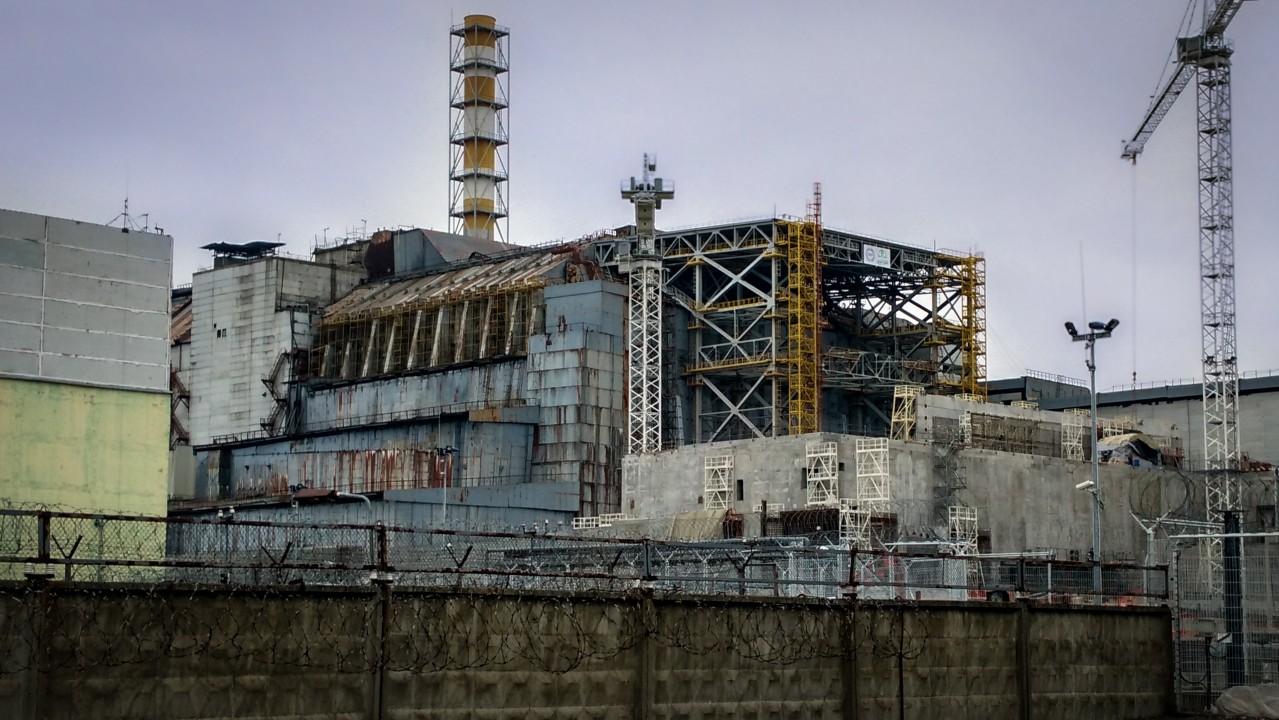
Human history is riddled with man-made disasters, from nuclear meltdowns and underwater oil spills to chemical explosions and mine collapses. We find out exactly what happened in some infamous cases – and how humanity played a pivotal role in these events.
The Aberfan Colliery Slip
Big man-made disasters don’t often happen in Britain, which made the Aberfan colliery slip even more shocking. The Welsh Valleys village of Aberfan grew up around the nearby coal mine that was established back in 1869. By 1966, the settlement had grown, and the village was surrounded by seven huge spoil piles – waste material from mining.
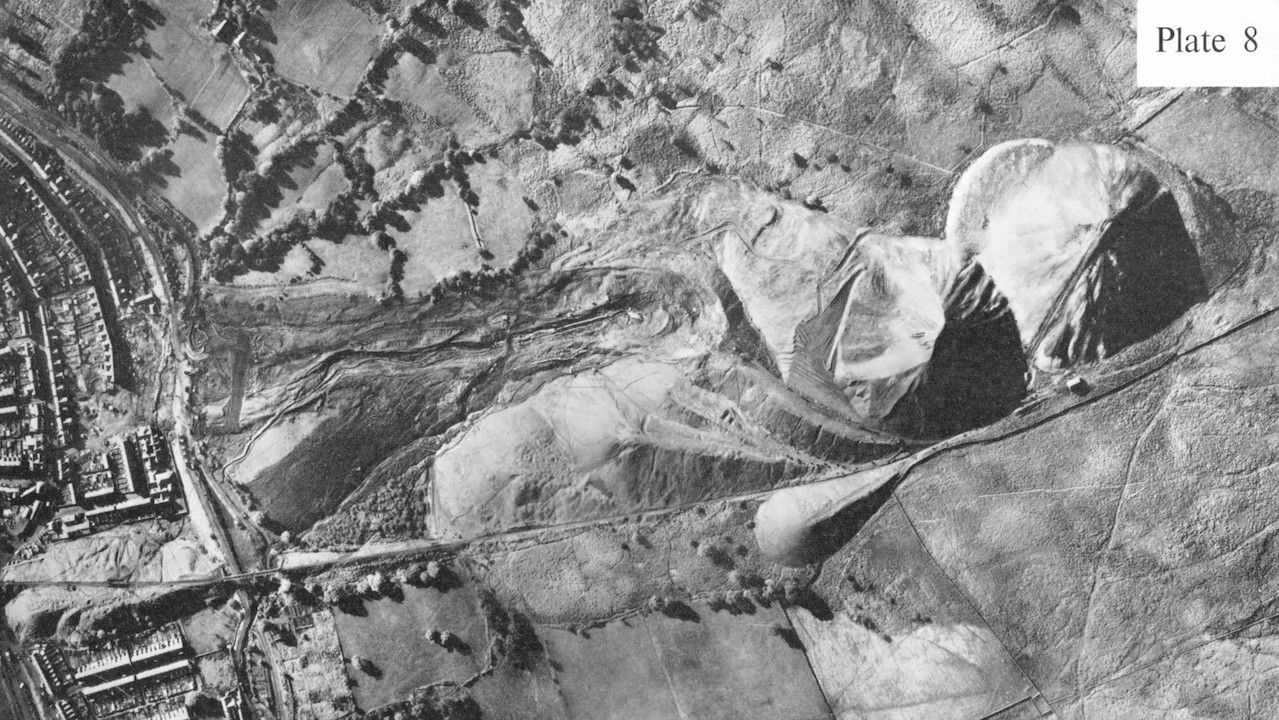
That’s not necessarily a problem, but in October 1966 the village of Aberfan was hit by more than six inches of rainfall, and caused the seventh spoil pile to subside. At 09.15 GMT on Oct. 21,1966 a vast quantity of saturated debris broke free from the pile and travelled towards the village at speeds between 11 and 21 miles-per-hour (approximately 17 and 34 kilometers)and in waves up to 30 feet (9meters) high, according to the Smithsonian magazine.
The result was devastating. 144 people lost their lives in the ensuing avalanche – tragically, 116 children were among the dead, according to the Independent. The fast-moving material demolished a primary school (elementary school) and damaged a nearby secondary school (high school), and 18 nearby houses were destroyed.
Thousands of volunteers travelled to Aberfan to aid rescue efforts, and the Prime Minister and Queen Elizabeth both visited in the days following the incident, according to the BBC. The Aberfan disaster remains one of the UK’s worst mining incidents.
The Seveso disaster
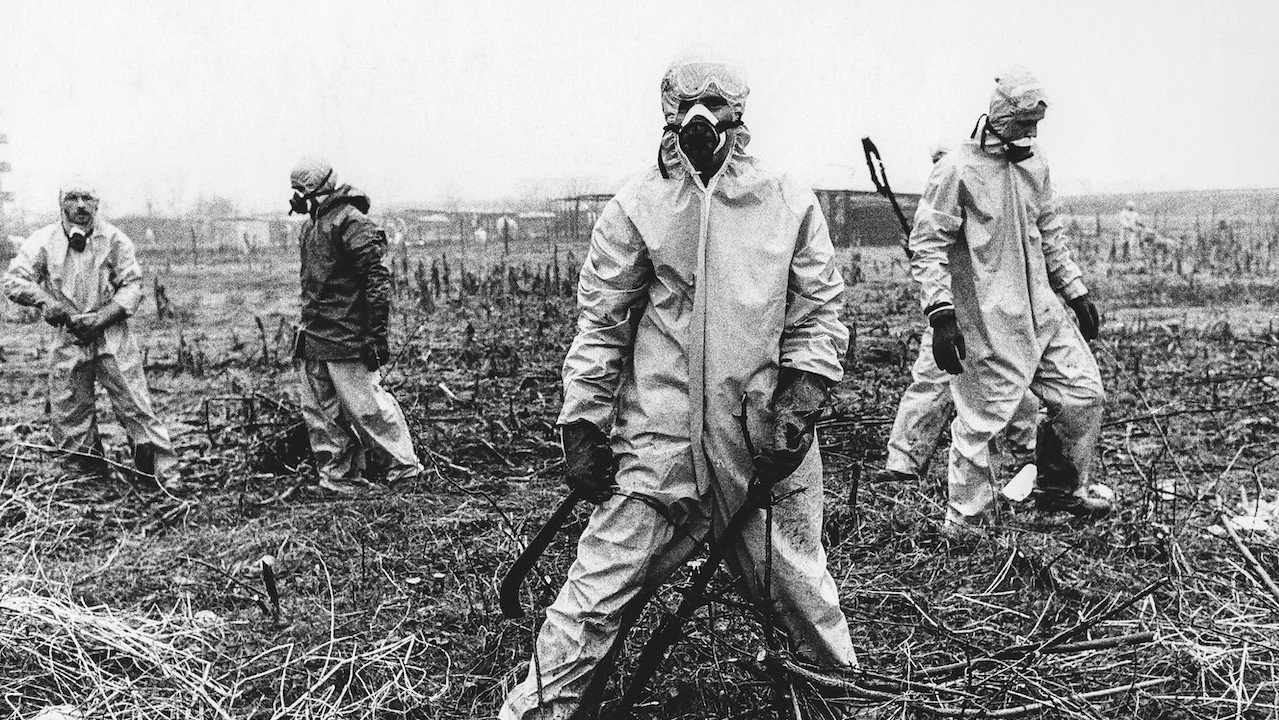
This industrial accident took place at a chemical plant north of Milan, Italy. On Saturday July 10 1976, the factory was producing a chemical called 2,4,5-Trichlorophenol, which has been used as a chemical weapon and in weedkillers, according to the journal Chemosphere.
On that daya chain reaction ruptured the reactor — and that, in turn, caused six tonnes of toxic chemicals to burst into the sky.
The cloud settled over 6 square miles (18 square kilometers) of the surrounding area, including the town of Seveso, according to the journal Environment international. Children were hospitalized with skin inflammations, hundreds of residents suffered from skin conditions, and huge areas of land were evacuated. Thousands of animals died or had to be slaughtered to prevent toxins entering the food chain.
The Seveso disaster has had a long-term impact, too. Since 1976, studies have found that more local residents died from cardiovascular and respiratory diseases, and certain types of cancer increased in frequency in the affected areas.
Chernobyl meltdown
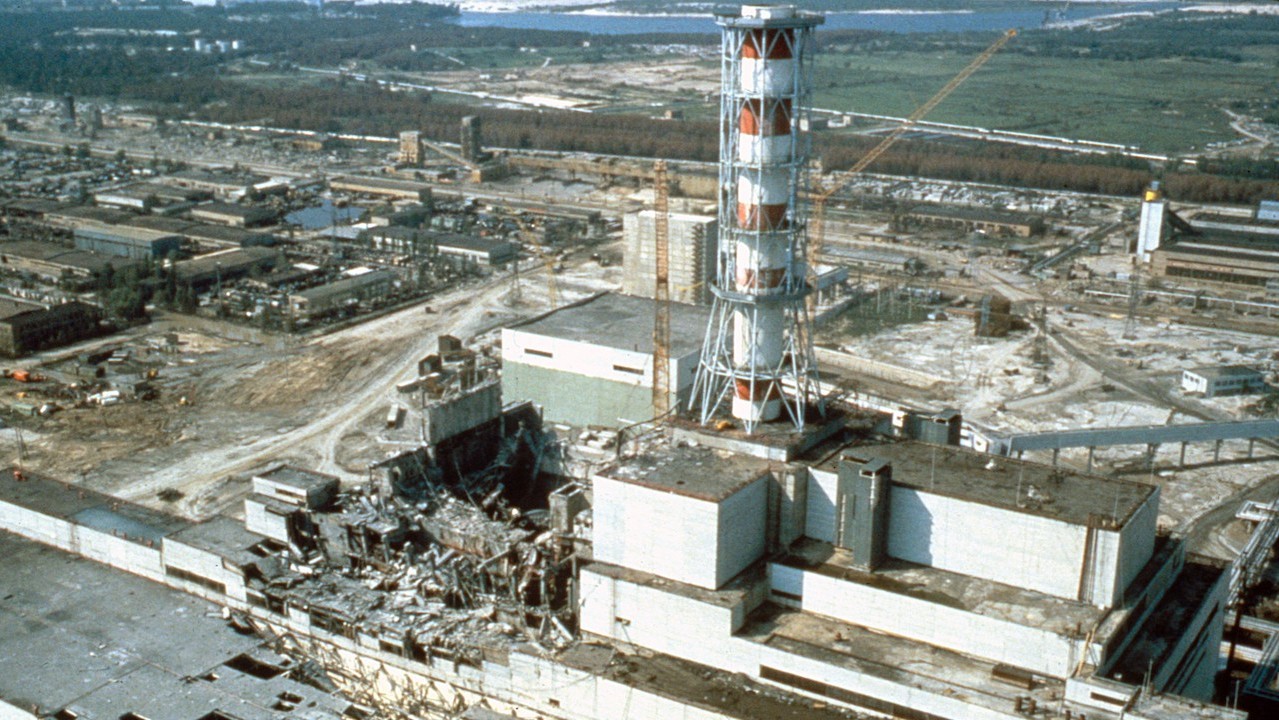
The explosion at Chernobyl is one of the world’s most infamous man-made disasters — and with good reason. It started innocently enough, with engineers performing a routine experiment that was supposed to find out if the plant’s emergency water cooling would work during a power outage.
The test had been carried out previously, but on this occasion, there was a power surge and engineers couldn’t shut down Chernobyl’s nuclear reactors. Steam built up in one reactor, the roof was blown off, the nuclear core was exposed, and radioactive material was released into the atmosphere.
Workers and firefighters were hospitalised and 28 people quickly passed away from acute radiation exposure. It took nearly two weeks, and military intervention, to extinguish the fires.
Crucially, it took more than a day for the 50,000 residents of nearby Pripyat to be evacuated. Following this, the government established a 19-mile (30km) "exclusion zone" and built a containment dome over the top of the site.
In the years following the incident, studies estimate that thousands of people have succumbed to cancer because of the radiation. It’s one of the most expensive disasters in history, too, and it’s estimated that containment and clean-up efforts will continue until 2065.
Montana asbestos clouds
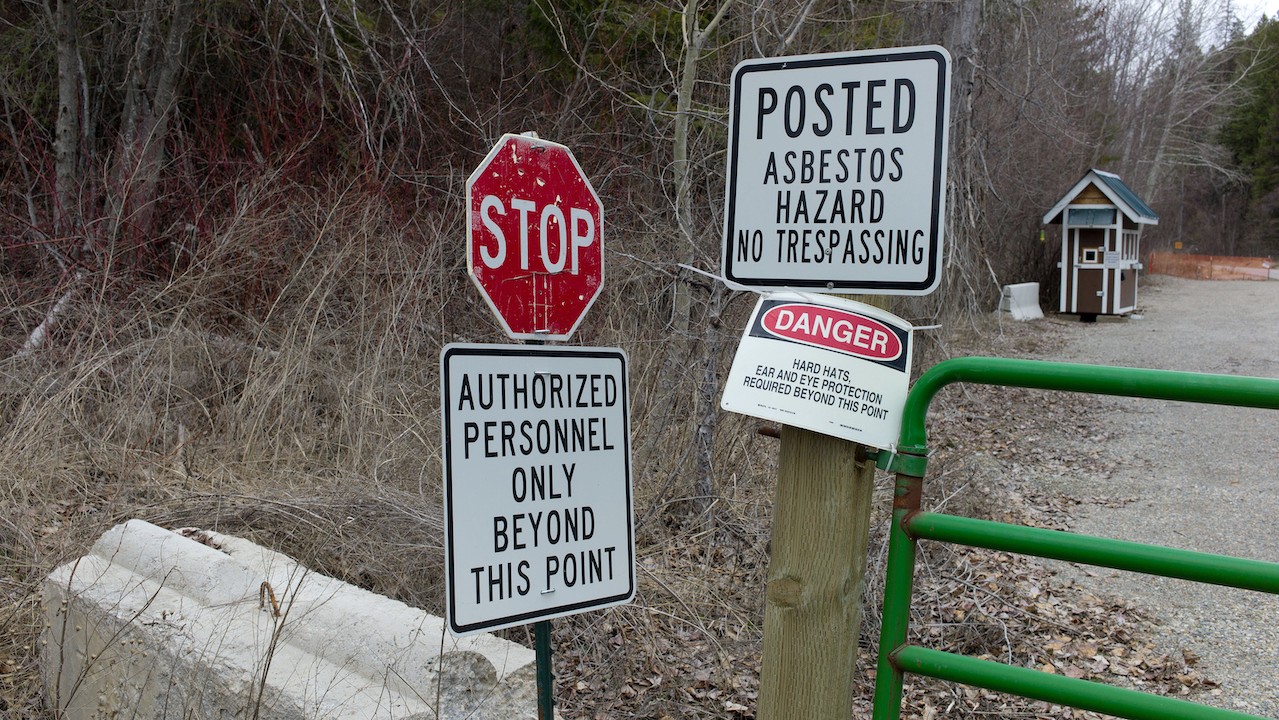
The story of Libby, Montana, began when settlers arrived in the 1800s and the town expanded thanks to mine and railroad construction. In 1919the discovery of a mineral called Vermiculite changed Libby’s fate.
Vermiculite has loads of uses, from gardening to car parts, and the mine in Libby was producing 80% of the world’s supply by 1963. That’s great and lucrative, but some kinds of vermiculite contain asbestos, an exceptionally dangerous substance that can cause a huge range of lung issues.
The vermiculite in Libby, Montana, did contain asbestos, and the mining company knew about its dangerous side effects. But they didn’t tell anyone, and people in Libby used the mine’s waste products for building and landscaping, including in school projects and ice rinks.
As a result, nearly 10% of the town’s population died from asbestos-related illness, and the people who died weren’t always miners – the asbestos fibres that caused health problems are easy to pass to other people, according to the Mesothelioma Hope organization.
The town, effectively, had spent decades operating under a toxic cloud. The mine closed in 1990, but the town’s issues didn’t become well-known until 1999, and in 2009 the US government declared an emergency in Libby to clean up the town, according to the Guardian.
By then it was too late. Hundreds of people have passed away from asbestos-related health issues, thousands more have experienced illness, and new deaths and diseases were still being reported as late as 2018 due to the long-term effects of these poisonous substances.
The Risks of Asbestos
Deadly asbestos fibres can cause serious health problems for decades – including these five issues.
The US government’s Environmental Protection Agency investigated more than 8,000 properties in Libby and had to decontaminate more than 3,000 different sites where asbestos was used in construction. More than one million cubic yards of material was replaced over the course of the clean-up project, and more than half a billion dollars was spent to decontaminate the town.
Contaminated material is now stored safely at the site of the former mine, and the project has only begun to slow down in the past couple of years – no wonder, as it’s been the biggest asbestos clean-up project in US history.
The Deepwater Horizon oil spill
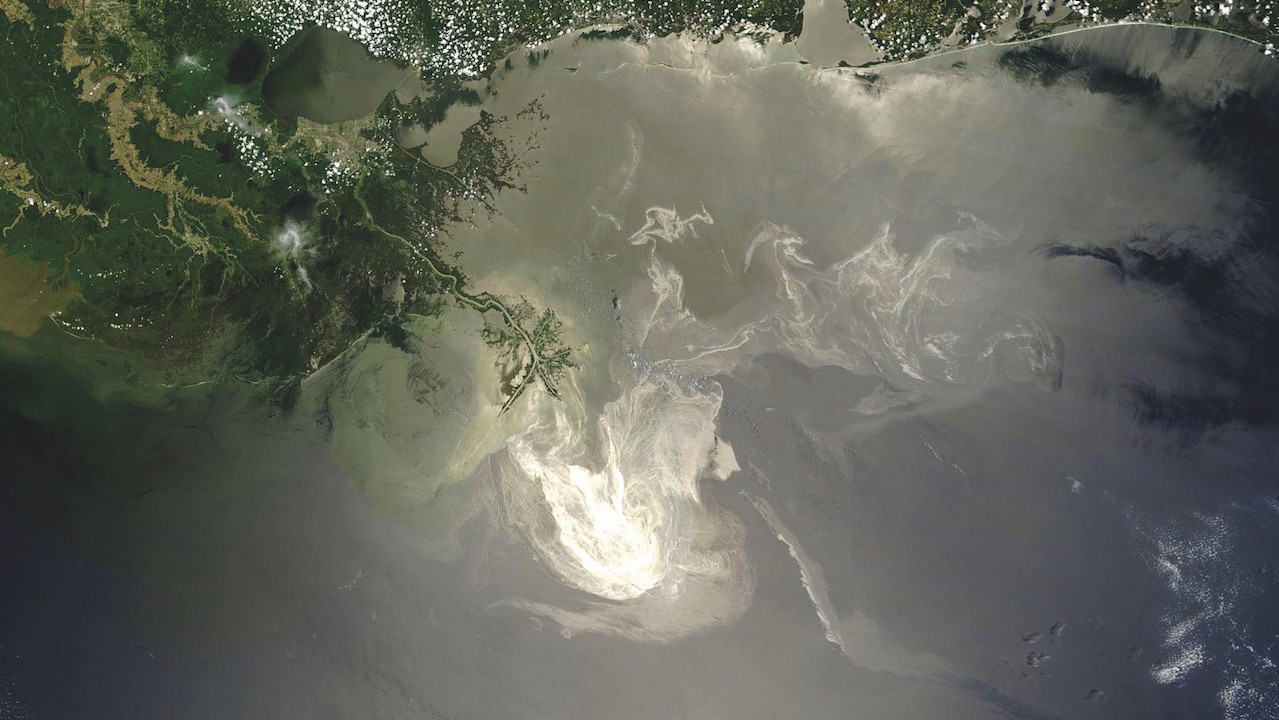
Oil spills are among the most visible man-made disasters of our times, and 2010’s Deepwater Horizon incident is reputed to be the largest marine oil spill in history.
The name comes from the drilling apparatus at the centre of the incident. The Deepwater Horizon oil rig was a floating platform that was drilling an exploratory oil well around 18,300 feet (5,600 meters) below sea level in the Gulf of Mexico, as Live Science has previously reported. That, in itself, was not a problem, and the rig was operating well within its limits. But on April 20t 2010, methane gas from the underwater well expanded and rose into the drilling rig, where it ignited and exploded.
The explosion quickly engulfed the entire drilling platform, killing eleven workers, and ninety-four crew members were evacuated. Two days later, the rig had sunk.
By that point, though, a vast oil slick had emerged from the underwater well and had begun to spread at the site. BP, the company that had contracted the Deepwater Horizon ship for exploratory drilling, tried to halt the leak with remote-controlled underwater vehicles, a 137-ton (125 metric tonnes) containment dome and by drilling a secondary well, but the oil flowed for 87 days.
It’s estimated that 210 million gallons (around 954 million liters) of oil were leaked from the underwater well and that the spill directly affected 70,000 square miles (around 181, 000 square kilometers)of ocean in the Gulf of Mexico.
Mopping Up the Spill
The Deepwater Horizon oil spill was an unprecedented disaster. How do you clean it up?
Eventually, the oil was contained and either dispersed or cleaned up using several different methods and thousands of volunteers. By then, though, the environmental impact was being felt on a global scale: the Deepwater Horizon spill killed millions of animals, and the incident affected wildlife and ecosystems across several US states and beyond.
The Bhopal disaster
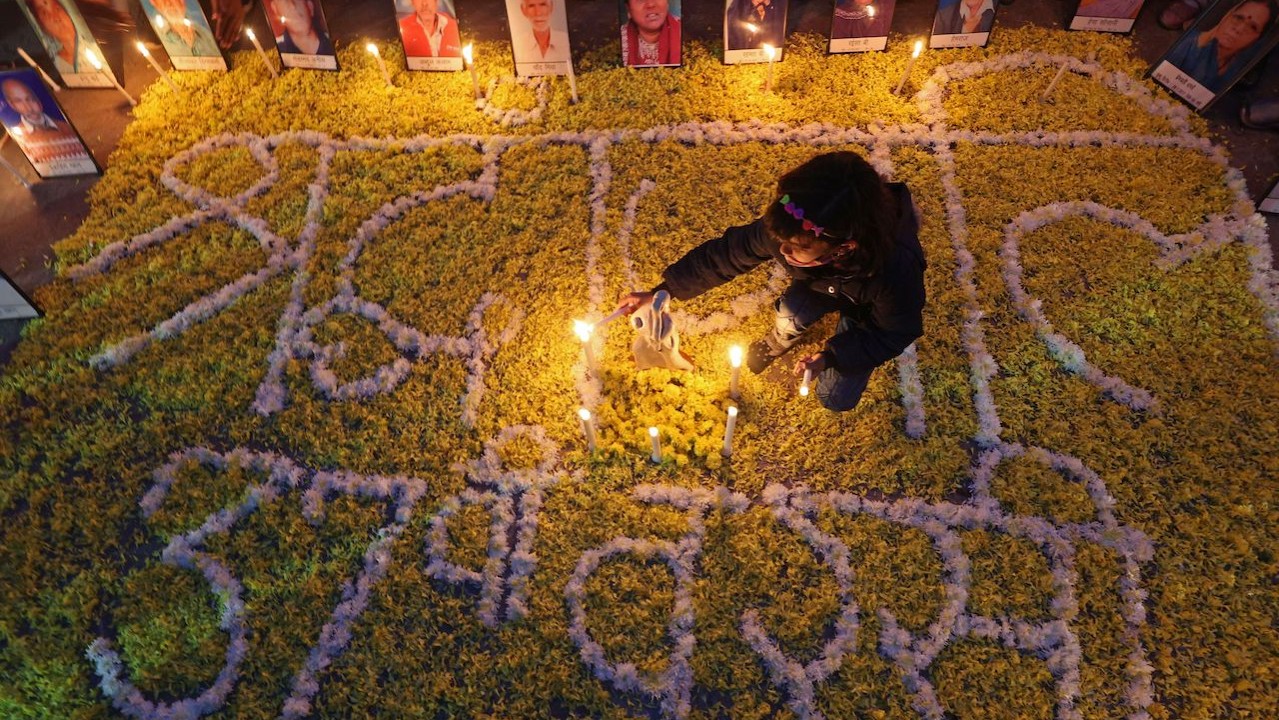
On December 2, 1984, there was a gas leak at a pesticide plant in Bhopal, India, according to The Atlantic. It was caused by malfunctioning safety systems, and a runaway pressure increase saw 40 tonnes of a chemical called methyl isocyanate leak into the atmosphere.
That’s a huge amount of toxic material, and the plant was surrounded by densely-packed housing – so more than 600,000 people were exposed to the deadly cloud.
The people living around the plant were not informed quickly, and hospital staff were given conflicting information about the situation. Innocent people suffered from coughing, eye irritation, burns, breathlessness and vomiting, and thousands of people died within hours, as Live Science has previously reported. Thousands of animals passed away, too.
Longer-term studies since the accident have confirmed that many thousands of people are still affected by eye, lung, and psychological damage – and, even today, it’s hard to say exactly how many people have suffered.
The Sidoarjo mud volcano
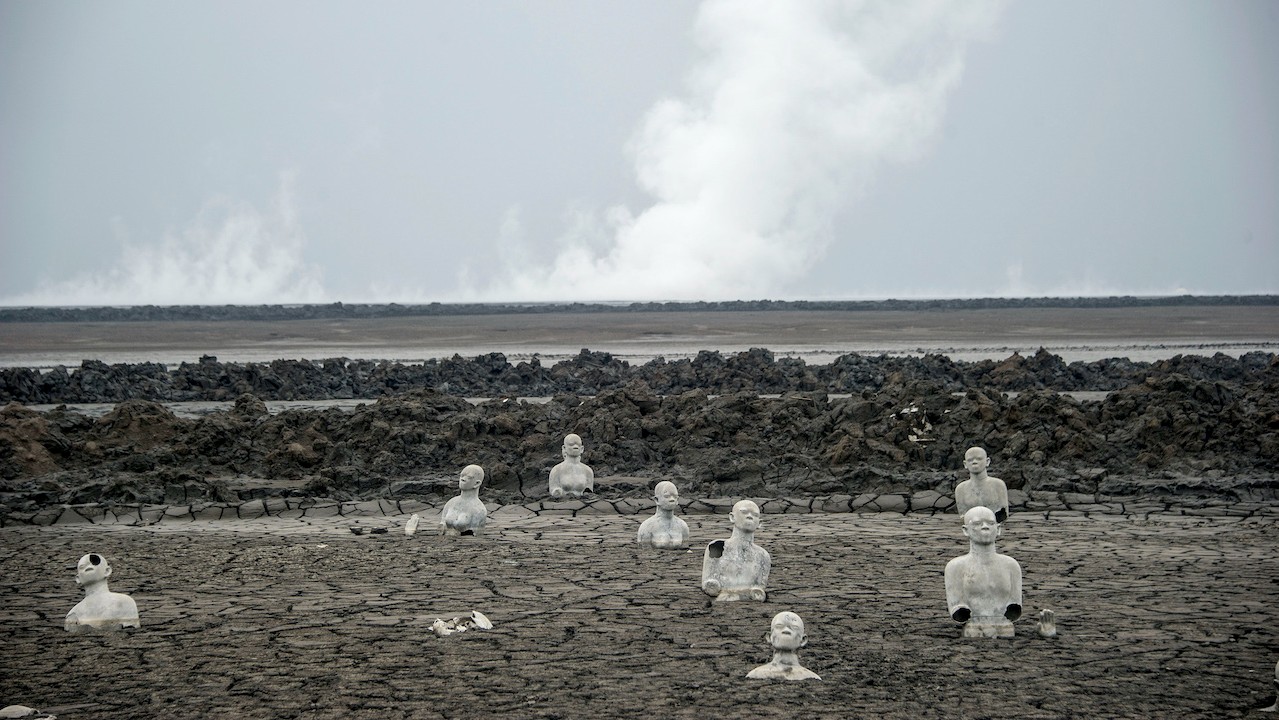
Most people think of lava flowing from a volcano, but in Sidoarjo, Indonesia, you’ll find the world’s biggest mud volcano. It was created by an explosion at a gas well drilled by an energy company, although company officials claim that an earthquake around 155 miles (250km) away provoked the problem.
There are more than 1,000 mud volcanoes around the world, but this Indonesian example is probably the only one caused by human activity, according to the journal Mud Volcanoes, Geodynamics and Seismicity It all started on May 28 2006, when a borehole was drilled to nearly 10,000 feet (3,000 meters). This caused water, steam, and gas to erupt from the ground nearby, and by the next day water, steam and mud began to emerge again – and it’s been there ever since. It’s officially called Lumpur Lapindo, and is commonly called the Lusi volcano.
Initially, the volcano erupted with more than 6.3 million cubic foot (180,000 cubic meters) of mud per day, according to the BBC.
Eleven people were killed during a pipeline explosion, and 30,000 people were evacuated from the area. A dozen villages and more than 10,000 homes were destroyed, and metal from the mud flow has contaminated nearby rivers, according to the news site Boston.com.
Birth of a Volcano
How the outflow of mud was triggered.
The North Pacific Garbage Patch
There aren’t many man-made disasters that are as large or as visible as the Great Pacific Garbage Patch. There’s nothing particularly complicated about what’s gone on here: a huge amount of rubbish has made its way into the ocean over the past decades because of negligent humans.
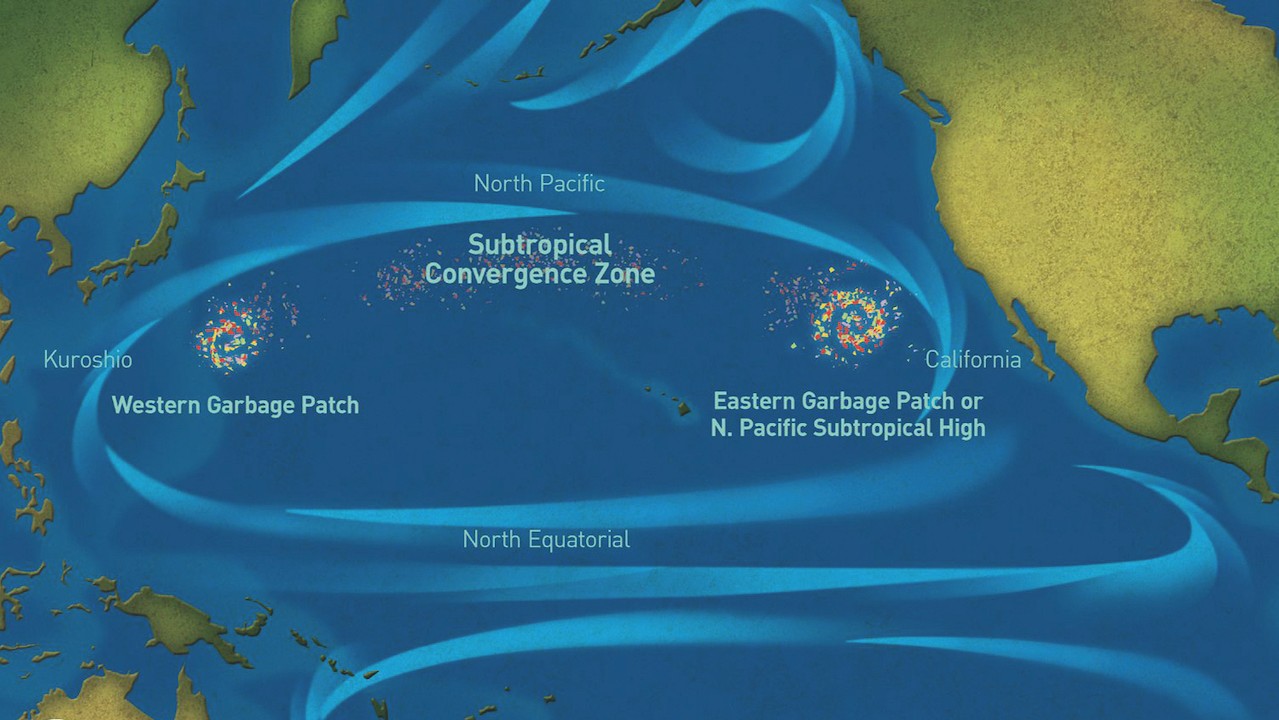
The patch stretches from the Californian coast, all the way across the Pacific Ocean to Japan, and it’s actually compromised of two different tracts of trash – one on the western side of the ocean, and another on the east according to National Geographic. Currents combine to suck rubbish into a vortex, and these tiny objects can’t escape.
The Great Pacific Garbage Patch isn’t just made up of crisp packets and drinks bottles. Most of the plastic in the patch has broken down into tiny pieces that simply make the water look cloudy, and ecologists estimate that 70% of ocean debris sinks to the bottom of the sea — so there could be far more below the surface.
The patch’s size varies: estimates range that it sits between around 270,000 and 5.8 million square miles (700,000 and 15,000,000km2) depending on sea movement. Some of the items in the patch are over 50 years old, because plastics just aren’t biodegradable. Scientists reckon that it’s becoming ten times bigger with every passing decade, despite attempts to tackle the problem, according to CBS News.
Unsurprisingly, the patch has a terrible effect on wildlife. Marine animals can get caught in bits of plastic or in abandoned fishing nets, which can quickly lead to death. Animals can die when they mistake plastic items for food.
The patch also has a huge and harmful impact on the ocean’s ecosystems and food chains, because plastic on the surface of the water can block sunlight from algae and plankton and pollutants can leak from different types of plastics.
Californian wildfires
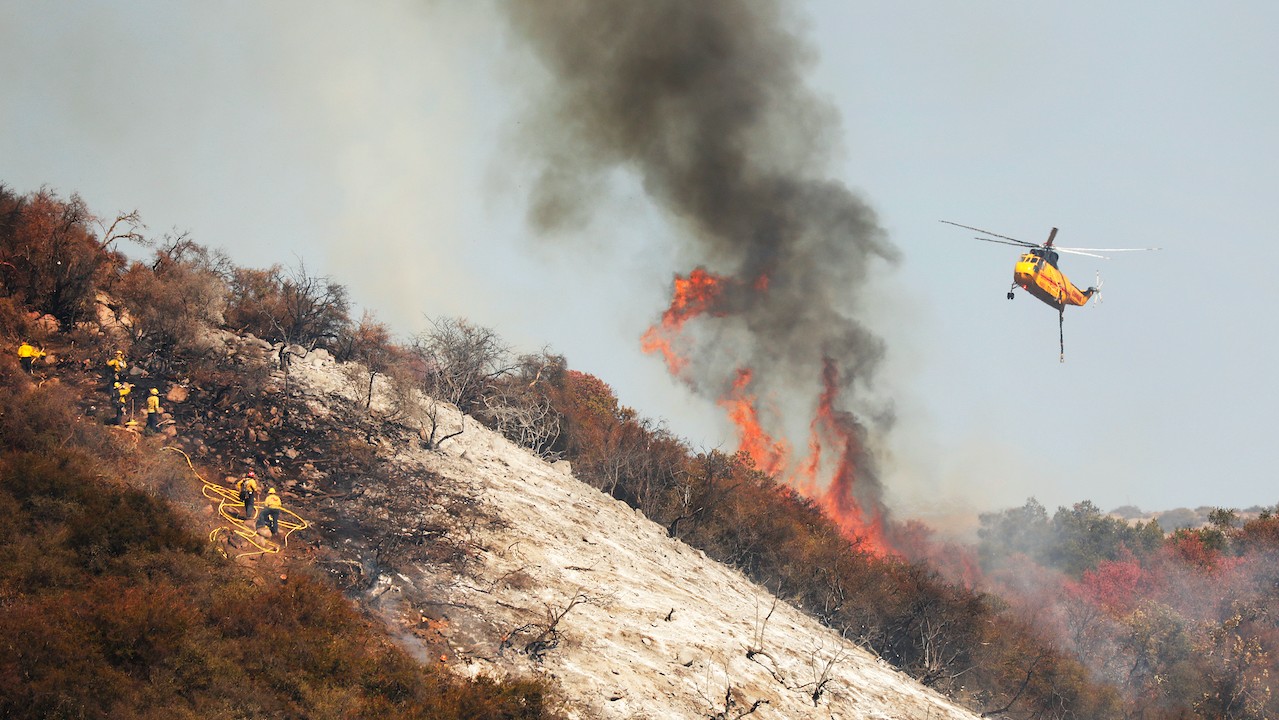
Climate change has seen wildfires become a far more common threat around the world, and 2018 saw huge areas of California affected by some of the worst fires in recent memory,. More than 100 people died in more than 8,500 fires across California, and the fires destroyed more than 24,000 buildings and burned two million acres of land.
Most of the fires in California took place in July and August, and the government declared a national disaster.
There’s no doubt that the fires were a man-made disaster. The years that preceded the fires saw an increase in temperatures due to climate change, and that killed plenty of trees in California — and those dead, dry trees provide ample fuel for fires to spread.
Scientists predict that this kind of disaster is only going to become more common because of climate change, so California’s extreme weather may soon feel normal. Sadly, it has significant health effects on people too.
The Jilin chemical plant explosion
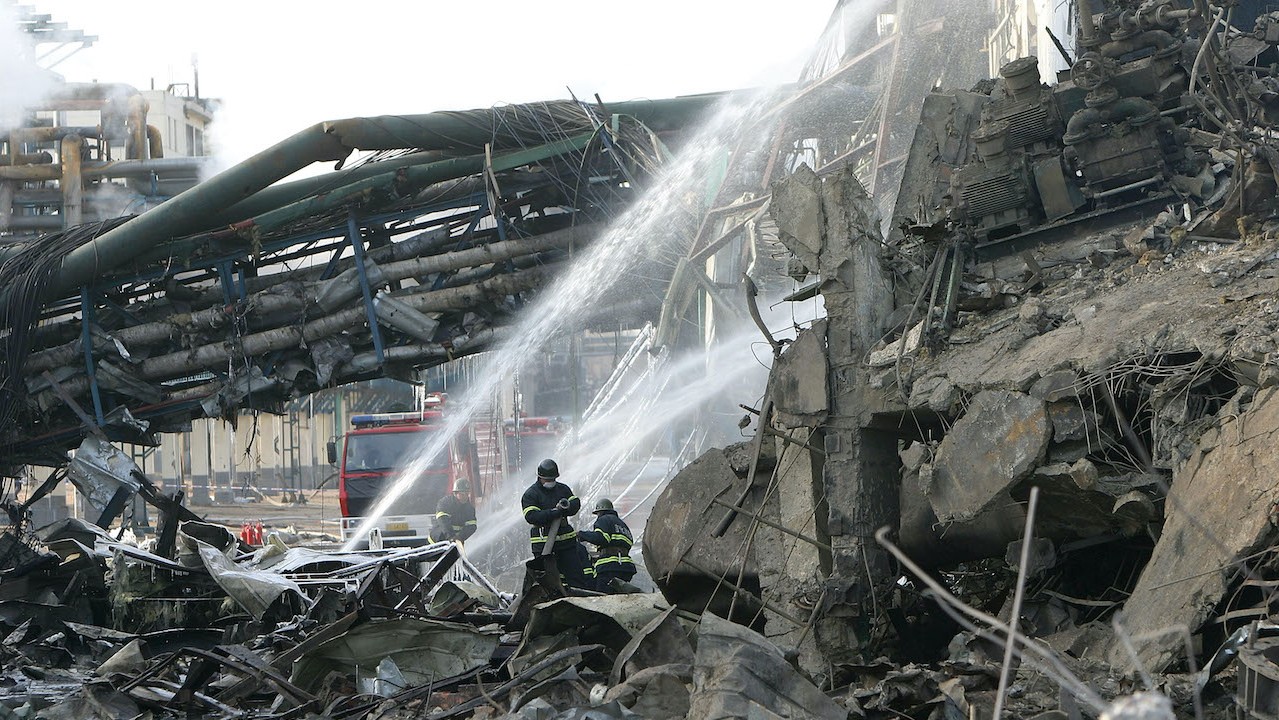
This incident took place in the Chinese city of Jilin in November 2005, and saw a series of explosions at a petrochemical plant. In the immediate aftermath of the blasts more than 10,000 people were evacuated from the local area, according to the New York Times.
That’s bad enough, but it’s not the full story. The explosions released around 110 tons (100 metric tonnes) of pollutants into the Songhua River, and that was a big deal – because several large cities depend on that river for their water supply, according to the Environmental Emergencies Centre.
Supplies were cut off for several days while the water supplies were cleaned up, and water had to be transported from unaffected cities to help people cope. Some cities dug deep-water wells to ensure that they won’t be totally dependent on rivers for their water supplies.
Toxins from the original explosions didn’t just affect Chinese water supplies, either. Chemicals were detected in Russian cities and in the Sea of Japan.
Additional resources
For more examples of man-made disasters check out "A Century of Man-Made Disasters" by Nigel Blundell, "World's Worst Historical Disasters: Natural and Man-Made Catastrophes from the Ancient World to the Present Day" by Chris McNab and "Introduction to Natural and Man-made Disasters and Their Effects on Buildings" by Roxanna McDonald.
Sign up for the Live Science daily newsletter now
Get the world’s most fascinating discoveries delivered straight to your inbox.
Mike is a freelance technology journalist and consultant who is fascinated with gaming, futuristic technology and motorsport. Previously, Mike has worked as a writer for PC Pro magazine writing and published articles on technology for many other media outlets, including TechRadar, Wired, PC Advisor, Stuff, The Inquirer and Red Bull Gaming.











